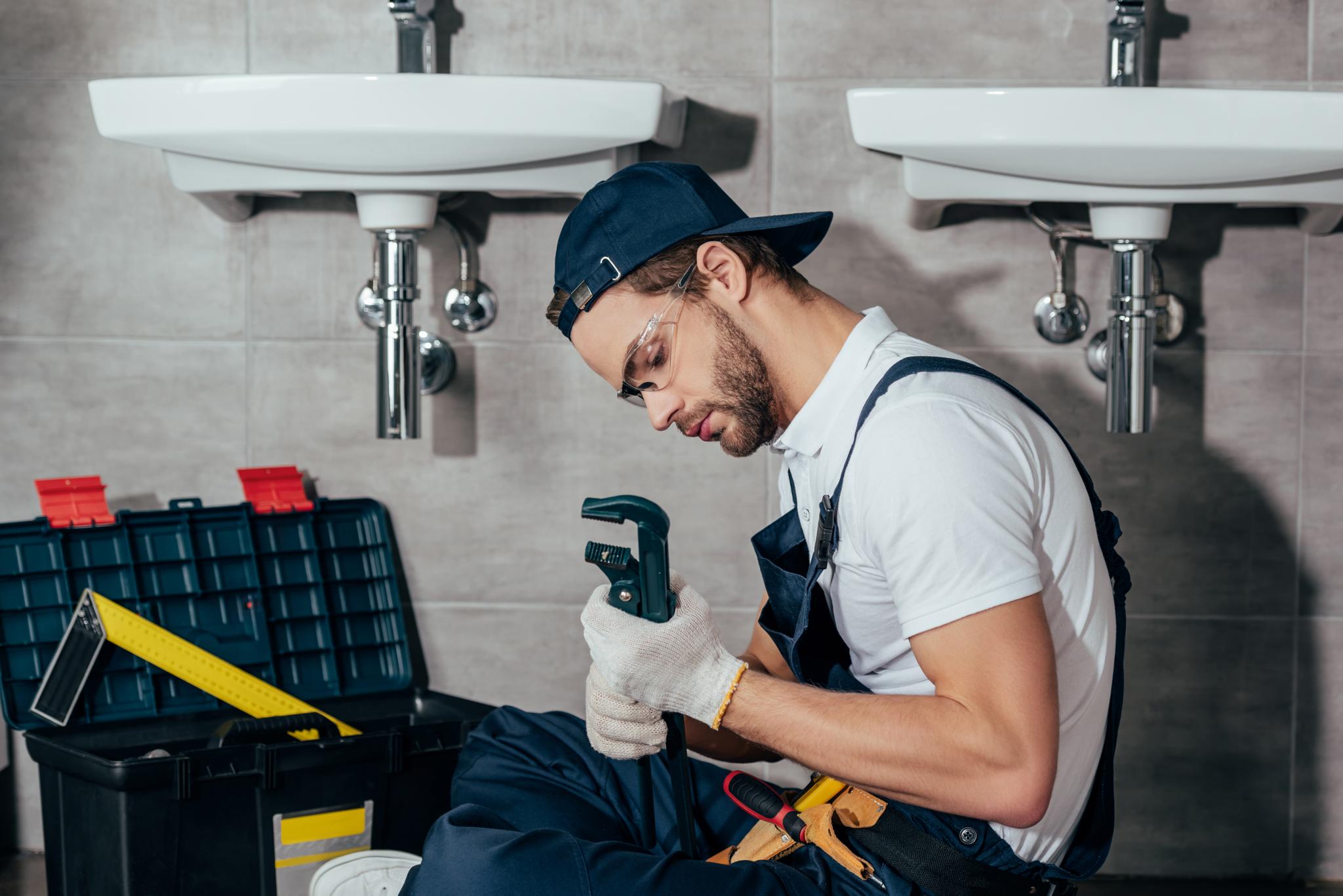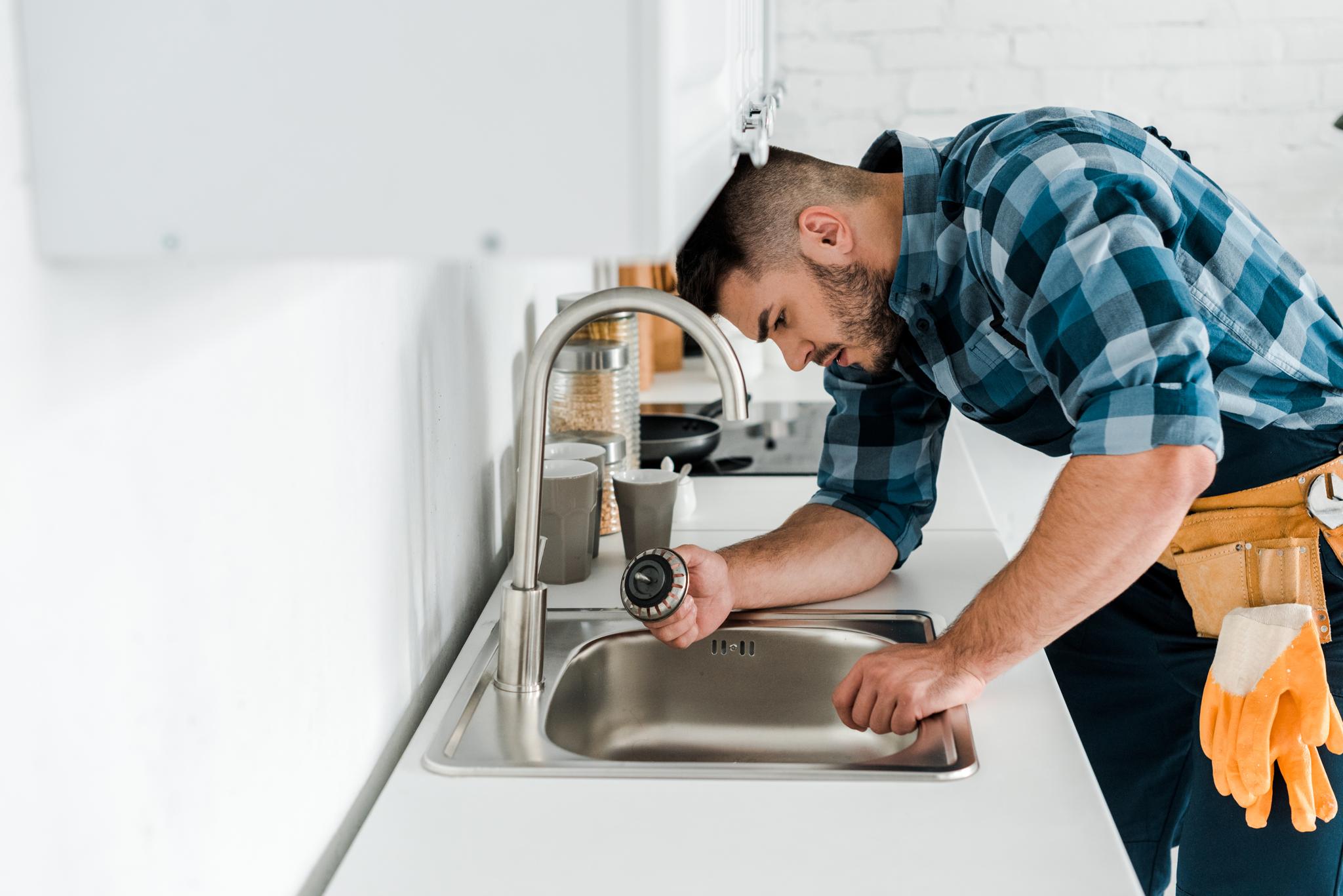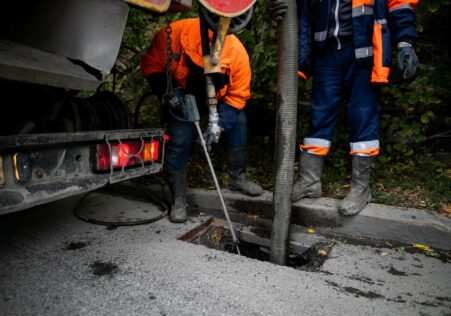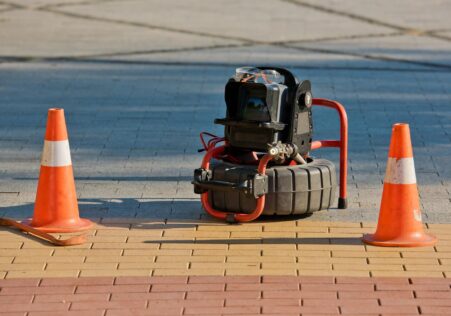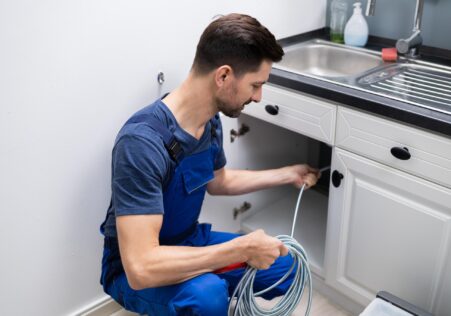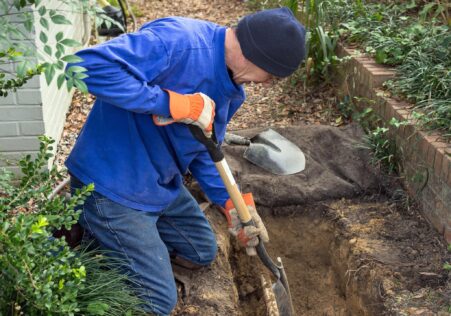Understanding the Differences Between Pipe Relining and Pipe Replacement
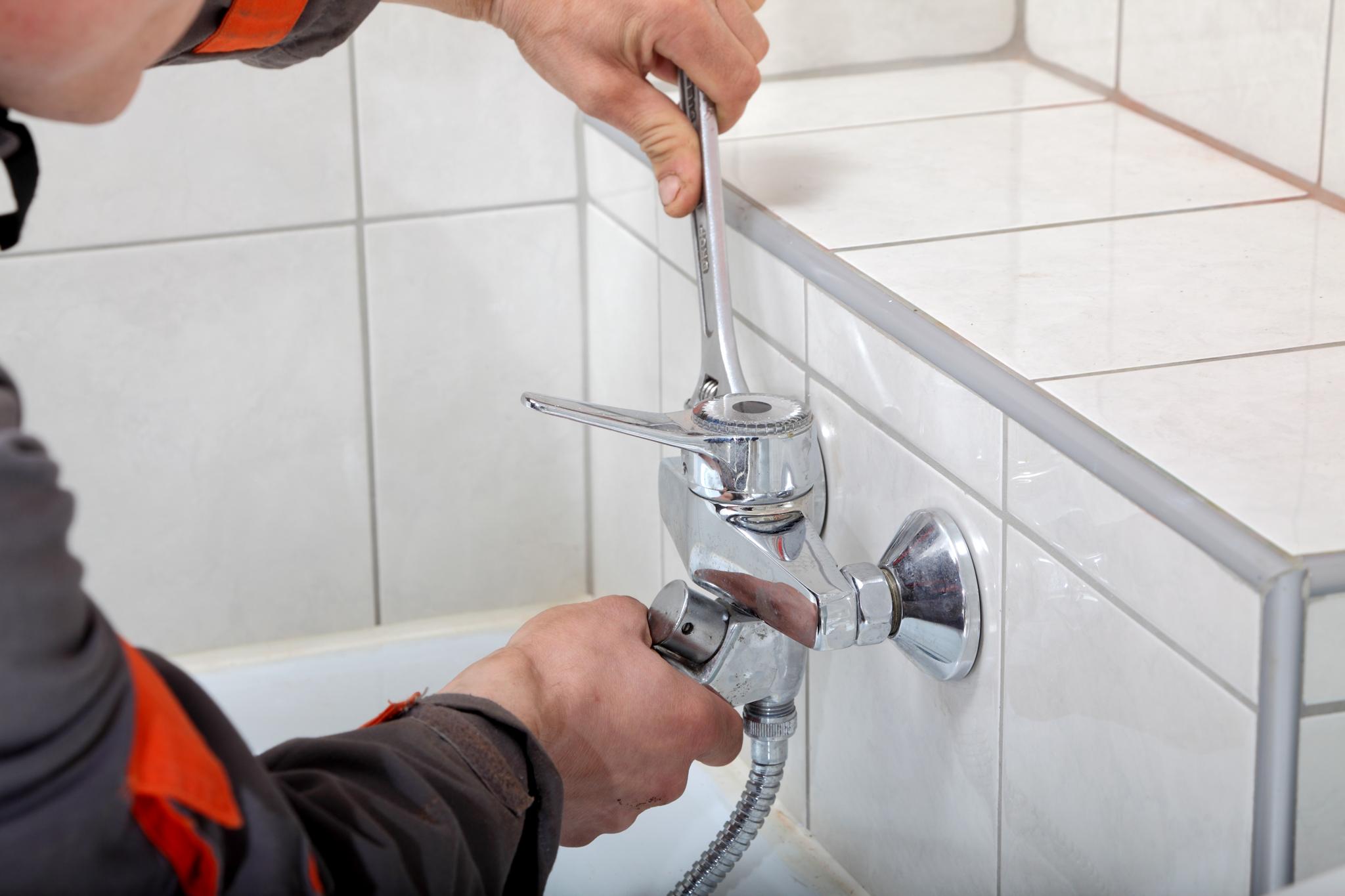
In the case of fixing damaged pipes techniques are pipe relining as well as replacement of pipes. Both methods aim to bring back the original function of your pipelines, but they have marked differences that you should be aware of.
Key Takeaways
- Pipe relining is an economical and fast method for repairing damaged pipelines.
- The lining of CIPP is utilized in pipe relining.
- Epoxy resin is used to line the inside parts of the pipe which sets to create a brand new inner lining inside the pipe.
- Relining pipes is efficient, cost-effective, and will last up to 50 years.
- The traditional method of replacing pipes is excavation of areas on the property where pipes are.
- Replacement of pipes may be required in the case of pipes that have been severely damaged.
- A new pipeline installed through pipeline replacement has a longer duration (75 -100 years).
- The cost of replacing pipes is high and long-lasting.
- The decision between pipe relining or pipe replacement depends on the degree of damage that has been caused.
In this article, we’ll discuss pipe relining and. pipe replacement and find out which one will suit your needs better.
Is Pipe Relining a thing?
Relining pipes or Cured-In Place Pipe (CIPP) lining is a state of the art repair procedure that provides a cost-effective, rapid solution for the repair of damaged pipelines.
Here’s how it will work:
- A technician cleans the pipeline with high-pressure water jetting or mechanical cleaning.
- Then, they place epoxy resin made of polyester or fiberglass liner inside the pipeline.
- The liner cures, creating a new inner lining within the pipeline that’s as robust as a new one.
Pros of Pipe Relining
- The process is time-efficient, taking just 2 to 3 hours to complete the whole process compared with excavating for days in traditional pipe replacement techniques.
- Cost-effective since there is no excavation or removal necessary in pipe relining work this method can save nearly half of what you would spend on traditional repairs.
- Durability – The new lining made by pipe relining could last for 50 years!
Pros and Cons of Pipe Relining
- Not suitable for the most damaged pipes. If there are major damages such as cracks, collapses, or misaligned joints in your sewer line then pipe relining is not a possibility.
What is Pipe Replacement?
Pipe replacement involves digging up portions of the yard/sidewalk/driveway where underground pipes are located. These sections may include broken pipes, or very damaged ones due to the effects of time or neglect.
The following steps make up the majority of traditional replacements for pipes:
- An excavation crew digs access to the decayed underground pipe.
- The pipeline that was previously in use is detachment and dug up, generating a lot of debris that needs to be disposed of.
- Then, they install an entirely new pipeline instead of the previous one.
Pros of Pipe Replacement
- Suitable for severely damaged pipes In the event that you need to replace pipes with severe corrosion or damage, pipe replacement is the best option.
- Long lifespan – The new pipeline, which is replaced by pipe is long-lasting (75 to 100 years) making it an ideal option for homeowners looking for an ongoing solution.
Cons of Pipe Replacement
- Extraction work that is costly for pipe replacement can be long and costly.
- Long-lasting – Pipe replacements may take weeks depending on the scope of work and depth of excavations required.
Which one is best for you?
The decision of replacement or relining your pipes is largely based on the level of damage caused. If your pipes have minor damage, such as cracks or leaks of a minor size, relining would probably be the better option since it is less costly and faster than traditional replacements.
However, if there are serious injuries, like breaks or collapses it is recommended to consider an alternative to replacing your pipe, although it might cost more and take longer.
| Pipe Relining | Pipe Replacement | |
|---|---|---|
| Procedure | CIPP lining using epoxy resin | Excavating and replacing the old pipeline |
| Pros | Time-efficient- 2 to 3 hours to complete | Suitable for severely damaged pipes |
| Cost-effective – Almost half of traditional costs. | New pipeline lasts for 75 to 100 years | |
| Durable – Lasts up to 50 years | ||
| Cons | Not suitable for severely damaged pipes | Costly |
| Time-consuming | ||
| When to choose | Minor damages like cracks or minor leaks | Severe damages like collapses or breaks |
Frequently Asked Question
What is pipe relining?
Relining of pipes is a procedure which consists of creating a new pipe inside the existing damaged pipe. It is accomplished by inserting a flexible liner into the old pipe and placing it into place. After curing, the new pipe is free of joints or seams which improves its structural integrity.
How does the traditional replacement of pipes differ from pipe relining?
Traditional replacement of pipes involves physically taking away old pipes, and then replacing them with brand new ones. The alternative, pipe relining isn’t a requirement for excavation. Instead it’s carried out with the help of technology, which allows repair of pipelines without digging huge areas of land.
Which is more cost-effective - pipe relining or traditional pipe replacement?
Relining pipelines typically costs less than traditional methods for pipe repair because there are no costs associated to excavation and other techniques that are required to remove and replace old pipes.
Can all kinds of pipes be reflined?
Not all types of pipes can be successfully relined. Ultimately, your plumber will have to inspect the situation to determine if it’s possible to line the particular kind of pipes. However, most modern pipes can be relined with this method.
How long does the process of relining pipes take?
The precise time needed for the procedure varies based on factors such as location, environmental conditions and the type of damage. However, the average pipe Relining process typically takes about 2 days depending on how many meters require lining..
In conclusion, if are looking to stay clear of invasive excavation work and save cash as you restore your pipelines’ function to its maximum, consider opting for our Sydney Blocked Drain Plumbing ‘s swift and efficient pipeline relining service. Get in touch with us!
Additional Information
- How CCTV Drain Inspection Saves You Time and Money in the Long Run
- Discover the Best Pipe Relining Materials for Your Plumbing Needs
- Keeping Costly Drain Repairs at Bay with Routine Inspections
- Upsides of Pipe Relining for Residential and Commercial Properties
- Cut Costs and Hassle with Trenchless Pipe Replacement for Condos
- Don't Let These Common Mistakes Clog Your Pipes
- Reduce Cash on Sewer Repairs with Productive Pipe Relining
- The Environmentally-friendly Advantages of Sewer Relining
- Preserve Your Pipes with Prompt Relining: How to Determine When
- Why Pipe Relining is a Cost-Effective Solution for your Business’ Plumbing Issues?


